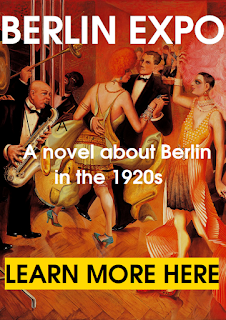Carola Neher (born in Munich in 1900, died 1942 in Sol-Iletsk in the Soviet Union) is a German actress, famous in Weimar Berlin. Fleeing the Nazi regime, she takes refuge in the Soviet Union, where the Stalinist regime sends her to die in the Gulag as part of the Great Purges. Still another victim of the two totalitarianisms of the 20th century.
A beautiful woman, she was married to the poet Klabund (Alfred Henschke), and was one of the iconic actresses of Bertolt Brecht, having played in several of his pieces, in The Threepenny Opera in particular.
 |
































